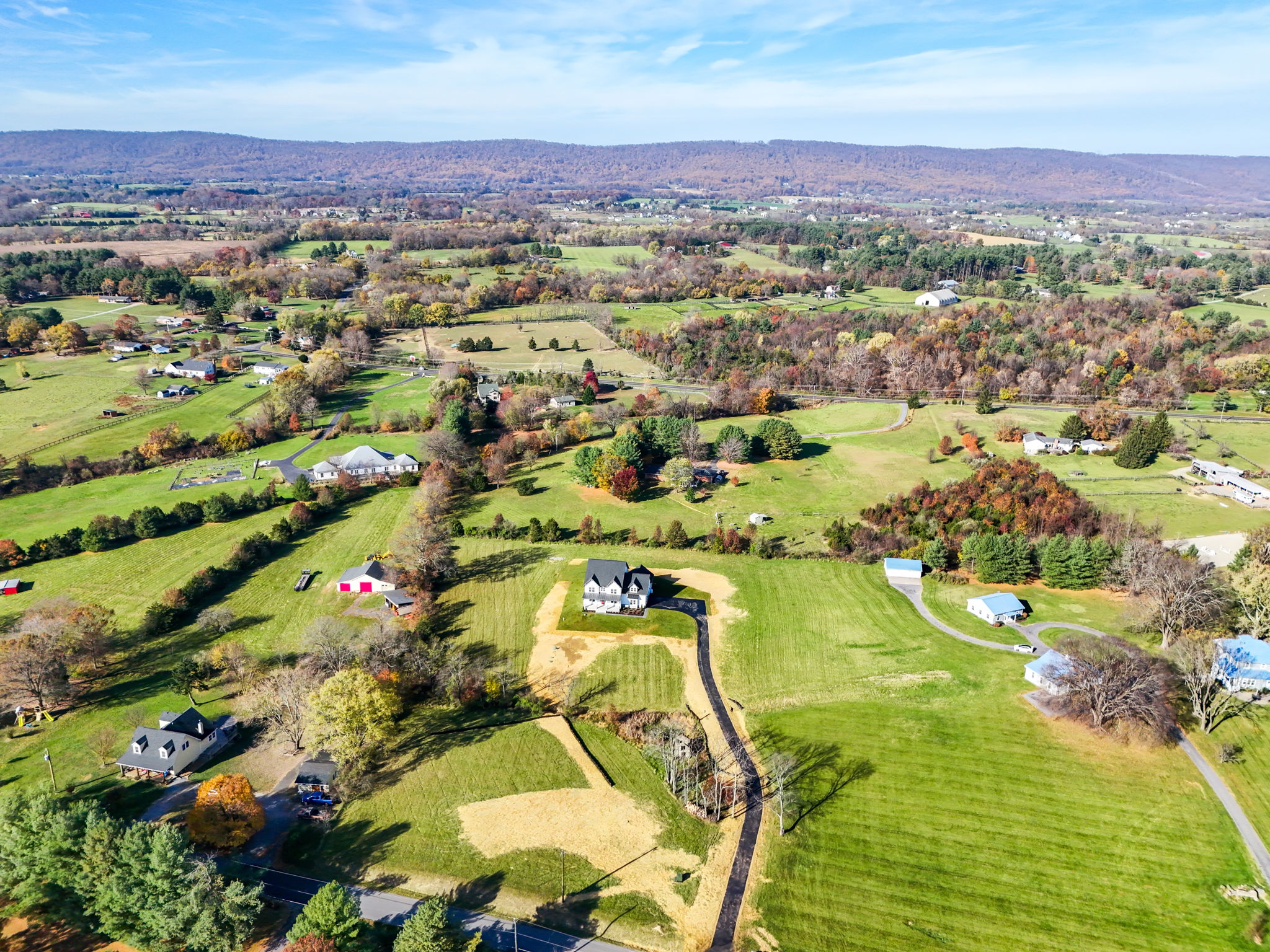$1.9M
Initial Land Value
27 Months
Timeline to Approval
$3.99M
Final Sale Price
Unlocking Hidden Value Through Subdivision
In March 2022, LandReady began advising the owners of a 99-acre parcel in Lovettsville, Virginia. The land was unimproved but eligible for subdivision under existing zoning. Based on comparable sales and buyer interest, we estimated its “as-is” value at $1.9 million.
Rather than accept an immediate offer, the owners wanted to explore whether subdivision approval could significantly increase the property’s value. We initiated a pre-application meeting with Loudoun County planners, confirmed a viable subdivision path, and outlined the required steps.
Fast-forward 27 months: the owners received full site plan approval for a 19-lot cluster subdivision and sold the property for $3.99 million—more than doubling its initial value.
This case shows how landowners can unlock significant gains by repositioning their property through entitlement, without making any physical improvements.
Free Property Evaluation
Thinking about selling your land? Get started with a free, no obligation property evaluation.
How The Subdivision Process Worked
Subdivision requirements vary by jurisdiction, but generally depend on zoning, parcel size, and site-specific conditions. In this case, the property qualified for a “by-right” subdivision, meaning no rezoning or special exceptions were required—reducing both risk and timeline.
STEP 1: Preliminary Plan Approval
This phase establishes conceptual approval for the subdivision layout. For this project, requirements included:
STEP 2: Site Plan Approval
This final phase provides record-ready lots, including approval of detailed construction plans, legal documents, and HOA formation. Requirements included:
Timeline: From Concept To Closing
Loudoun County’s review process is thorough and, in this case, extended by well water requirements and hydrogeologic testing. Still, our clients achieved a successful sale within a predictable timeframe for a project of this scope.
|
Milestone |
Date |
|---|---|
|
Project Start |
March 2022 |
|
Pre-Submission Meeting |
April 2022 |
|
Preliminary Plan Submission |
December 2022 |
|
Preliminary Plan Approval |
April 2023 |
|
Site Plan Submission |
June 2023 |
|
Site Plan Approval |
May 2024 |
|
Sale of the Subdivision |
June 2024 |
Cost Breakdown & Financing Strategy
Subdivision doesn’t always require large physical investments—but soft costs add up. In this case, the total cost to entitlement was approximately $615,000, including:
Financing Challenges & Solutions
Traditional lenders are hesitant to finance raw land or entitlement-only projects. To bridge this gap, LandReady structured a joint venture that brought in investor capital to cover the subdivision costs. The landowners contributed their land equity and retained a share of the upside while minimizing financial exposure.

The Broker’s Role
An experienced land broker can be an indispensable partner as you subdivide your land and position it for sale to a developer.
In this case, LandReady provided several services critical to the success of the project.
Investment Funding
LandReady negotiated an investment partnership that ensured our clients could profitably complete the subdivision while paying a fair return to the investors.
Consultant Management
LandReady assembled a full team of consultants, collected and negotiated bids, and managed consultants through project completion.
Offer Solicitation
Early in the process, we privately solicited offers from our expansive buyer network, ranging from local builders to national developers. By the time our clients were ready to sell the subdivision, we had letters of intent from eight prospective buyers. This put our clients in an excellent position to negotiate the best deal possible.
Contract Negotiation
Development land sales are complicated. Contracts can exceed 40 pages, with numerous “outs” for the buyer. LandReady negotiated a contract that included strong protections for our clients and a sale price that enabled them to repay their investment partners a higher return than projected.
Key Considerations for Landowners
In the right situation, land subdivision is a great way to quickly increase land value. To determine if land subdivision is a good option for you, here are some key considerations to keep in mind.
Subdivision Potential
Your land should meet basic minimum requirements to be eligible for subdivision. This means the land is appropriately zoned (or can be rezoned with a high probability of success) and physically suitable for development.
Subdivision Costs
Subdivision costs vary depending on zoning and regulatory requirements. In the above case study, the county required a hydrogeological study and six test wells prior to approving the preliminary plan. This added roughly $100,000 to the cost of obtaining preliminary approval.

Market Demand
Before you invest in land subdivision, you should understand the market to ensure the lots you intend to create will sell for a price that justifies the costs and risk you will incur during the approval process. If you’re unsure about market demand and current lot pricing, you should consult with a land broker.
Funding Structure
If you cannot self-fund the cost of the subdivision, or if you feel you do not have the experience to execute the subdivision by yourself, then consider a joint venture with a development partner. This can reduce your risk while preserving ownership interest, which enables you to enjoy some of the upside from the sale of the subdivision.
Free Property Evaluation
Not sure if your land is suitable for subdivision or development? Get started with a free, no obligation property evaluation.
